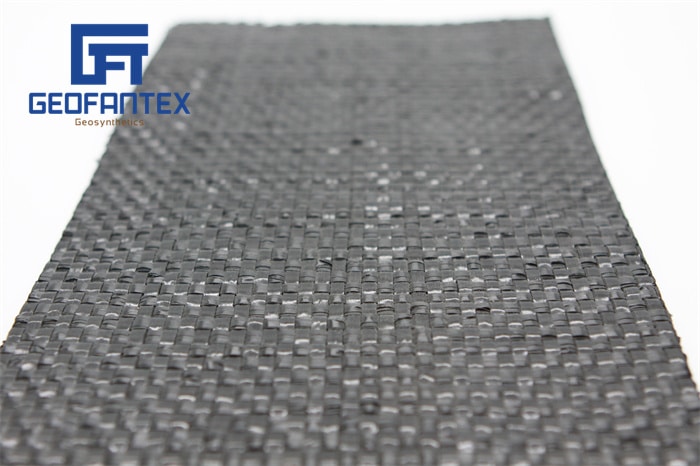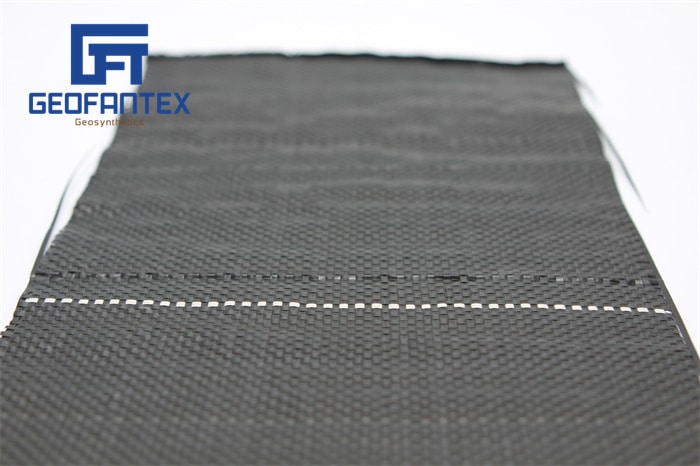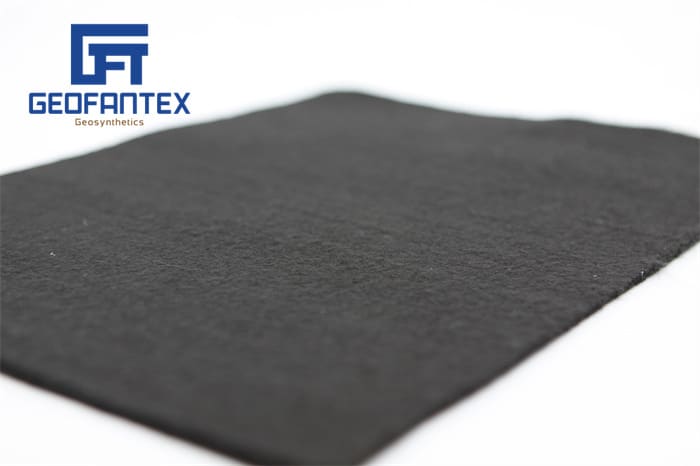Base Preparation Hardscaping
This post may contain affiliate links. As an Amazon Associate I earn from qualifying purchases.
Landscaping fabrics are a crucial part of any hardscape project. They separate, reinforce, filter, allow for drainage, and filtration. Though not every type of fabric is suitable for every application in a hardscape project and there are numerous variables that need to be considered when deciding on the fabric to use, there are two specifically important geotextiles that hardscapers need to understand and the properties to them.
Woven and non-woven geotextiles have their strengths and weaknesses when it comes to any installation. Where one excels, the other may not perform in the same way. This is based on their properties and what they offer for an application. In this article, we are going to highlight their similarities and differences and where they may be used in a typical hardscape installation.

Types of Landscape Fabric / Geotextiles
Geotextiles provide separation, reinforcement, filtration, and/or drainage. This is specifically important where subgrade materials remain saturated for a portion of the year or there are multiple freeze-thaw cycles in the winter.
The separation of the subgrade material from the base material is important to prevent migration of the soil subgrade into the base material. This upwards migration of the soil subgrade into the base material is caused by the load that the pavement bears. Think about when you step your boot into some mud. You boot is the load pushing down on the mud causing it to shift horizontally and upwards. The reinforcement or stabilization of your base material when using geotextile helps to spread the load out over a greater area because of the geotextile being in tension and providing tensile strength to your base material. The filtration of geotextiles allow water to be spread out over a wider area and have greater control of the drainage of the water. Drainage allows the water to freely flow through the geotextile.
When choosing the right geotextile for your project, there are a few factors that we need to consider. Before we get to those factors, we need to learn more about the two major types of geotextiles and what their properties are.
Woven Geotextile Landscape Fabric
Woven geotextile fabric is made of polypropylene filaments connected to a network that provide more stabilization strength than the non-woven geotextile. This geotextile is going to provide separation, filtration, and reinforcement strength when installed.
Woven geotextile fabric will be used in heavier dynamic and static load projects such as driveways to add additional reinforcement to the base by spreading the load out over a greater area. Where the subsoil is soft and unstable or water is less likely to permeate through a subgrade, woven geotextile is likely what you will opt for as drainage into the subgrade is not as important. However, this does not mean that drainage is not important for that particular project. Drainage is always important, and since we are not getting the proper drainage that we would need when deciding to opt for a woven geotextile, we need to install a drainage system for that project using perforated or solid pipes and drains to collect that water and exfiltrate it out of the system. Otherwise you are creating a reservoir for that water to stand and cause issues over time.

Non-Woven Geotextile Landscape Fabric
Non woven geotextile fabric is made of polypropylene fibers that are randomly connected through a network. These fibers are small components of the network creating a felt-like feel to it. This geotextile is going to provide separation, filtration, and drainage when installed. With many varieties of non woven geotextiles to choose from, the strength of the fabric is typically 80-90 lbs grab tensile strength and above that are suited for a hardscape installation under interlock and retaining wall projects, in addition to other landscape drainage projects. These would be considered a commercial grade landscape fabric as opposed to a weed barrier fabric.
The main difference between woven geotextile vs non woven geotextile is the drainage and reinforcement property. Non woven geotextile is a water permeable landscape fabric. With drainage being the aspect in which non woven geotextile fabrics excel when compared to woven geotextile, this becomes a primary focus for areas of projects that require that drainage ability. This means projects that experience pedestrian traffic, low dynamic loads, low static loads, hard subgrades, and require the ability to drain freely, then non woven geotextile fabric is the best option.
This is key in projects that require the separation of material from cross-contamination while possessing the ability to allow water to drain through it such as a French drain. In this application, a perforated drainage pipe is surrounded by a clean stone and wrapped all the way around with a non woven geotextile filter fabric. The water from the surface can permeate through the non woven geotextile, through the clean stone, and into the drainage pipe. This ensures the filtration of water through the fabric without displacing any of the material around it. The same can be said in hardscape projects that require the same function.
Another hardscape application that is specific to non woven geotextile would be a concrete overlay. We know that the base of our concrete overlay is a hard material that does not require stabilization or reinforcement. What we require is for any water that enters the system to drain through and filter out of the system. This is why a non woven geotextile is always recommended in this application.
Additionally a non woven geotextile is typically a retaining wall fabric, however a woven geotextile can be used for the foundation / base of the retaining wall. The remainder of the wall can be covered with a non woven geotextile as the main properties for the lateral and top portion of the fabric is for separation, filtration, and drainage and not reinforcement. This allows for water to penetrate through the backfilled portion of the wall and into the drain without displacing the subgrade and soil material into the backfill material.
Geogrid can be used in combination to non woven landscape fabric in order to provide reinforcement / stabilization of the base material placed on top of it. In this application, the non-woven geotextile is installed first providing the separation, filtration, and drainage to the project with the geogrid immediately installed on top of this providing the reinforcement / stabilization. Because the non-woven geotextile is more flexible than the woven geotextile, the aggregate is still able to strikethrough the apertures of the geogrid and function correctly.

How to Use Landscape Fabric
When installing a geotextile, the minimum overlap from one piece to another is 12″ with this increasing as the softer the subgrade is. In addition to this, the pieces should be shingled away from a foundation meaning the pieces from the foundation should be placed under the next piece. This allows the water to travel from piece to piece away from the foundation without moving underneath a piece of fabric. As the geotextile is rolled out and cut, the pieces need to be in tension as the base material is being prepared on top of it. This means that all of the wrinkles need to be removed before dumping gravel on top and preparing your base. It is best to limit the amount of cutting of the fabric as possible. It is also important when installing a fabric for your project, that it will wrap up the sides of the project to further provide separation of the subgrade from the sides into the base material.
Separation of the subgrade from our base material is one of the key benefits of using a geotextile. If we think back to our boot in the mud example, when a material is put under pressure of a load then that material has the tendency to move horizontally. In the case of the boot, that material under pressure from the load moves upwards as well. The separation of the subgrade under tension of the geotextile prevents the upward movement of the subgrade into our base material by spreading that load out over a larger area. It also prevents the horizontal movement of that same subgrade from the sides of our excavation into our base material.
There are numerous benefits to installing geotextiles in your hardscape / landscape projects. There are factors that need to be considered when choosing the right geotextile for your application, but this article will help you in making that choice for the longevity of your hardscape / landscape project.
